
January, 1, 2023: Theatre Yesterday and Today, by Ron Fassler
In the spirit of ringing in the new year, here's a reprise of a column I previously wrote (with some new 2023-like additions) about a short-lived Broadway musical titled Happy New Year. Utilizing Cole Porter songs (removed from their original sources), it was a musicalization of Philip Barry's Holiday, a comedy of the pre-Depression era of 1928. It tells the story of a young man with the misfortune to fall in love with a woman umbilically tied to a rich family that believe their wealth can buy happiness, something to which he does not ascribe. Its well-regarded 1938 film version directed by George Cukor (though not a box office hit), starred Cary Grant and Katharine Hepburn. Hepburn had understudied the lead in Holiday ten years earlier on Broadway and even went on for one performance. Surprisingly, this 1938 film was a remake of a 1930 version also titled Holiday. Both featured Edward Everett Horton, one of the truly great film comedians, about whom you would be correct in assuming his performance as Nick Potter was too good not to repeat.


There had already been a successful prior Porter-Barry collaboration (of sorts) when Porter wrote the score for the 1956 MGM film musical High Society, crafted from Barry's best known work, The Philadelphia Story, which also starred Katharine Hepburn on stage and screen. However, by 1956, Barry had been dead for seven years, so the two never sat in a room together and hashed things out. Much the pity as their sensibilities were a natural mesh.
With both of them long gone, it was writer-director Burt Shevelove's idea to resurrect the ghosts of Porter and Barry and turn Holiday into a musical. Thus Happy New Year opened at the tail end of the 1979-80 Broadway season at the now demolished Morosco Theatre (Pierre Balmain garnered the show's sole Tony nomination for Costume Design). Like most prospective musicals, it started out with the best of intentions and more than a few good things going for it. After all, Shevelove had been the one responsible nine years earlier for turning 1927’s No, No Nanette into one of the biggest and most surprising hits of the 70s (thus beginning an obsession with revivals on Broadway that has gone unabated to this day). Happy New Year also counted the inimitable John McMartin in its cast, a grand actor and go-to musical theatre stalwart (and one of my all-time personal favorites).

Since Porter had been dead for sixteen years, the show was not composed, but comprised. Pilfering his songbook, Shevelove crafted a new book around Barry’s play. But honestly… this is not the way you go about writing a musical. In the years since, it has been tried many times and rarely works. In 2014, the overwhelming consensus on Woody Allen’s adaptation of his 1994 film Bullets Over Broadway, was that he would have been much better off creating a musical with an original score. Instead, he chose to populate it with such known quantities as “She’s Funny That Way” and “I’m Sitting on Top of the World.” Book musicals need to be written (and preferably by people when they are still alive). As Clive Barnes put it in his New York Times review: "The real trouble with Happy New Year is that you have to create a musical. You cannot fabricate them over other people's cold genius."
One instance where a known songbook wedged into a book show proved successful was Mamma Mia! But it’s important to note that it was all done tongue-in-cheek, with no subtlety whatsoever. Audiences shrieked with joy (and self-congratulation) when they recognized what was coming at the first bars of each Abba song. But when you are incorporating “Night and Day” and “Easy to Love” into a proper book musical like Happy New Year, it’s jarring, to say the least (and lazy, to say the most). Four numbers were directly pulled from Red, Hot and Blue, a big Porter hit from 1936, which of course, few in 1980 had seen in forty-four years. But even so. It was less paying homage than outright ransacking.

And such lessons went unheeded when, after Happy New Year’s failure on this front, High Society opened on Broadway in 1998. Based on the the aforementioned film for which Porter wrote nine original songs, tunes from other shows he'd written were interpolated. And I’ll lay you ten to one that no one on its creative team was remotely aware that “Ridin’ High” and “Once Upon a Time” had already been recycled for Happy New Year. Another thing the two shows shared in common, were their good taste in hiring John McMartin, whose Uncle Willie in High Society brought him the 4th of his 5 Tony nominations. To watch him slyly slip the show in his pocket and stroll away with it was one of the highlights of my half-century of theatregoing.
A slight digression, but it’s pertinent.
Bob Fosse, as brilliant a choreographer and director as he was, had a long-standing reputation of sometimes being a terror to his collaborators. 1966’s Sweet Charity began with his idea to adapt Federico Fellini’s 1957 Academy Award winning film Nights of Cabiria as a musical. He had every intention of writing the book himself (check out this early poster below), before finally having to call in Neil Simon, who ended up the sole author.

Later in his career, seeking to defuse potential fights with collaborators ahead of the entire process, Fosse simply did away with them for his next show, Dancin’, eschewing a librettist, composer and lyricist altogether. "When you have collaborators," he said, "you have all those midnight meetings. I'm tired of those... So I just decided to meet myself at midnight." This 1978 revue (due for its first Broadway revival at the Music Box in March) was an evening of dance set to everything from Bach to George M. Cohan to Cat Stevens. It allowed Fosse to set forth the show in his head without interference and, happily, it wound up being a conception that worked and fostered a big hit (it ran more than four years). In 1986, he attempted the same thing, only this time with a book musical. Big Deal, like Charity, based on an Italian film, the heist picture Big Deal on Madonna Street. Now Fosse was finally ready to take credit for the adaptation himself, leaving Bert Lewis by the wayside. Then, as with Dancin’, instead of crafting an original score, he favored grabbing old standards like “Life is Just a Bowl of Cherries” (I mean, talk about cherry-picking). Critics, as well as many devoted fans, were unhappy with his abandoning former partners of such talents as John Kander & Fred Ebb or Cy Coleman. Big Deal took a critical beating and in spite of awarding Fosse his 8th and final Tony for choreography, closed after two months of indifferent business.
Now back to Happy New Year.
By the time it arrived on Broadway, from where it began at Ontario’s Stratford Festival, it underwent significant changes. Opening in Canada to less than enthusiastic reviews, Shevelove did a good deal of recasting, as well as replacing a number of obscure Porter tunes with more familiar ones (it didn’t help). By the time it got to New York, there was a whiff of failure in the air about it, proof being that on the day of its opening, the Sunday New York Times failed to even write about it, a once common occurrence for the new show of the week. There wasn’t even an ad , which often indicates budget problems or producers lacking confidence — or both. Later in the week, a tiny 2" x 2" ad in the Times featured a favorable quote from its second-string critic Mel Gussow (see below) was about as far as the advertising budget could stretch. Happy New Year closed after twenty-five performances.

Here's hoping better fates await the new musicals of 2023 that are scheduled to come our way these next few months. Happy New Year!
If you enjoy these columns, check out Up in the Cheap Seats: A Historical Memoir of Broadway, available at Amazon.com in hardcover, softcover and e-book. Also, please follow me here on Stack and feel free to email me with comments or questions at Ron@ronfassler.org.

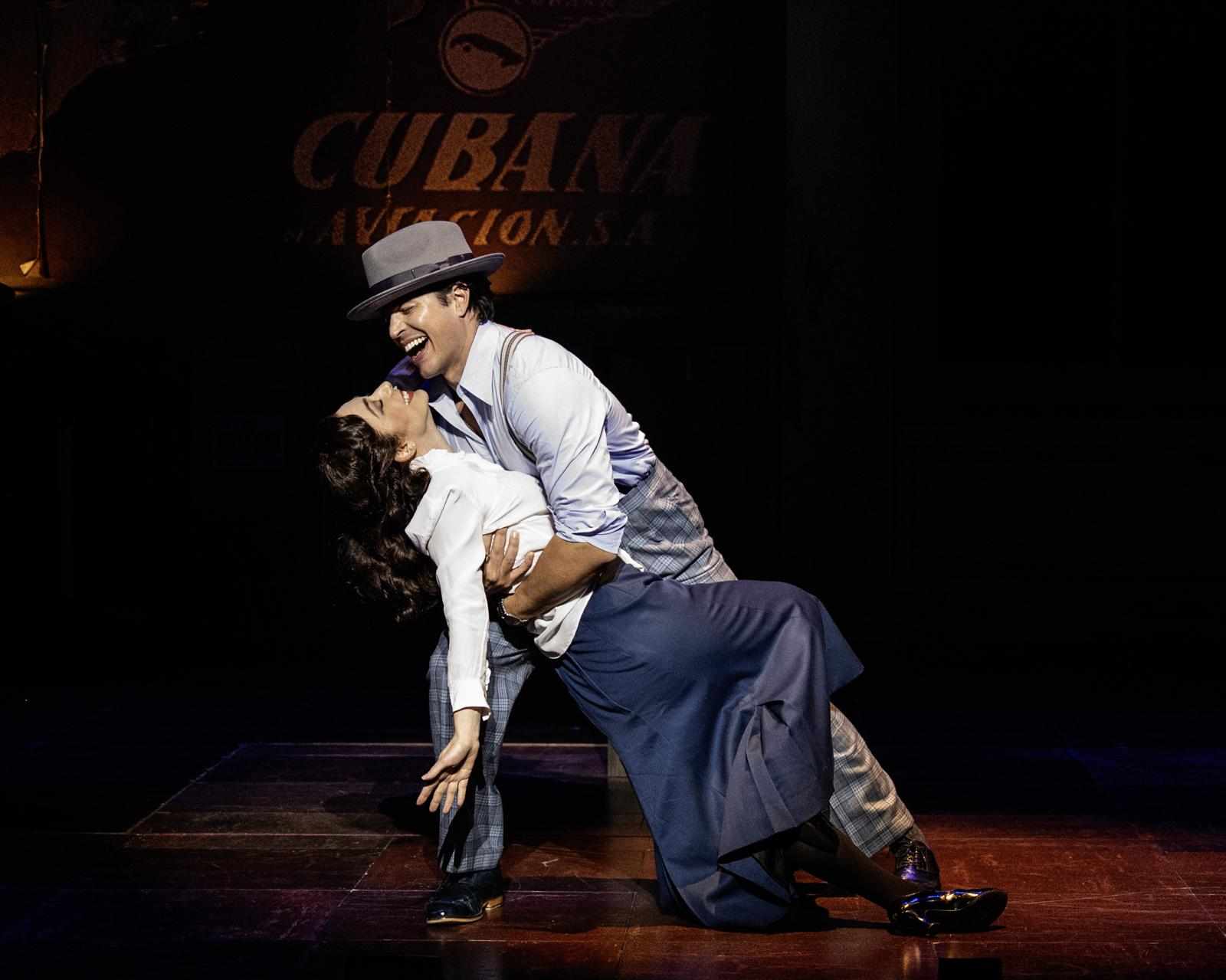
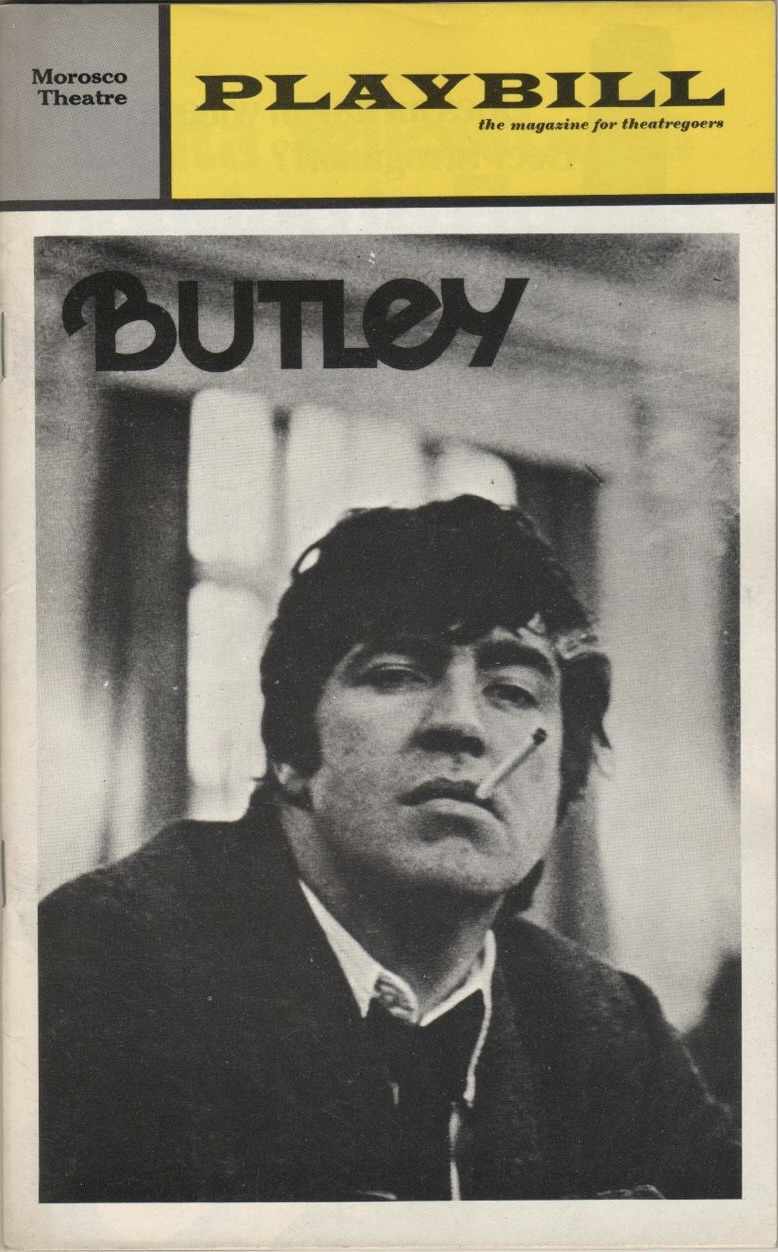
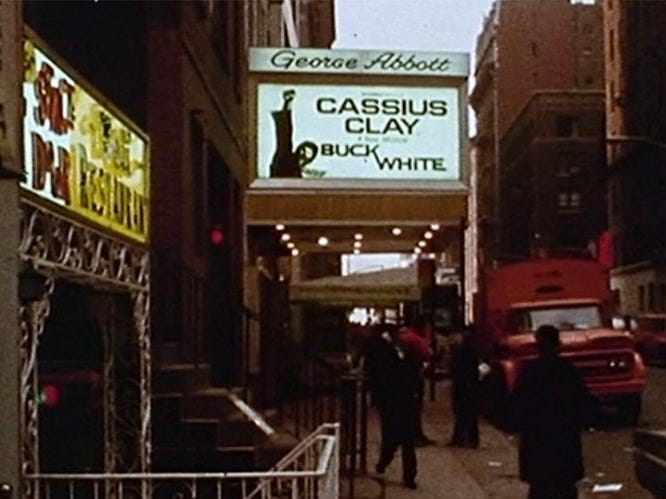

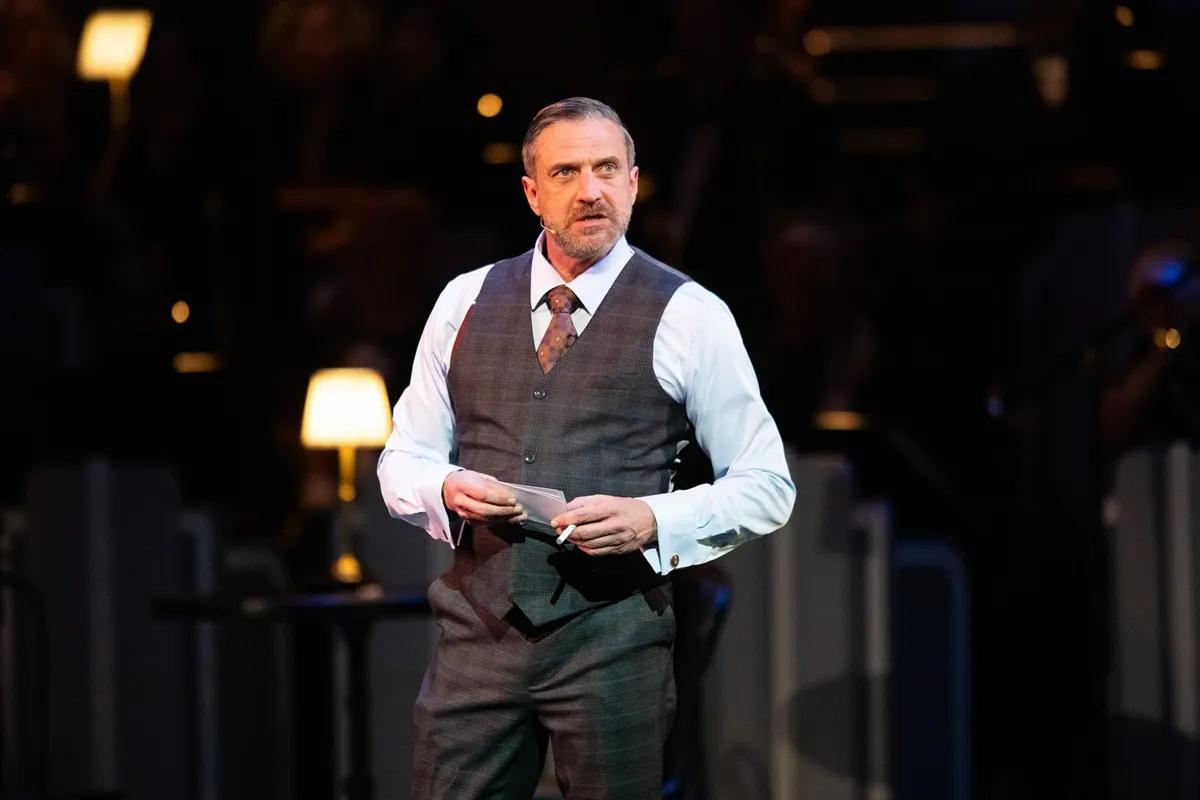

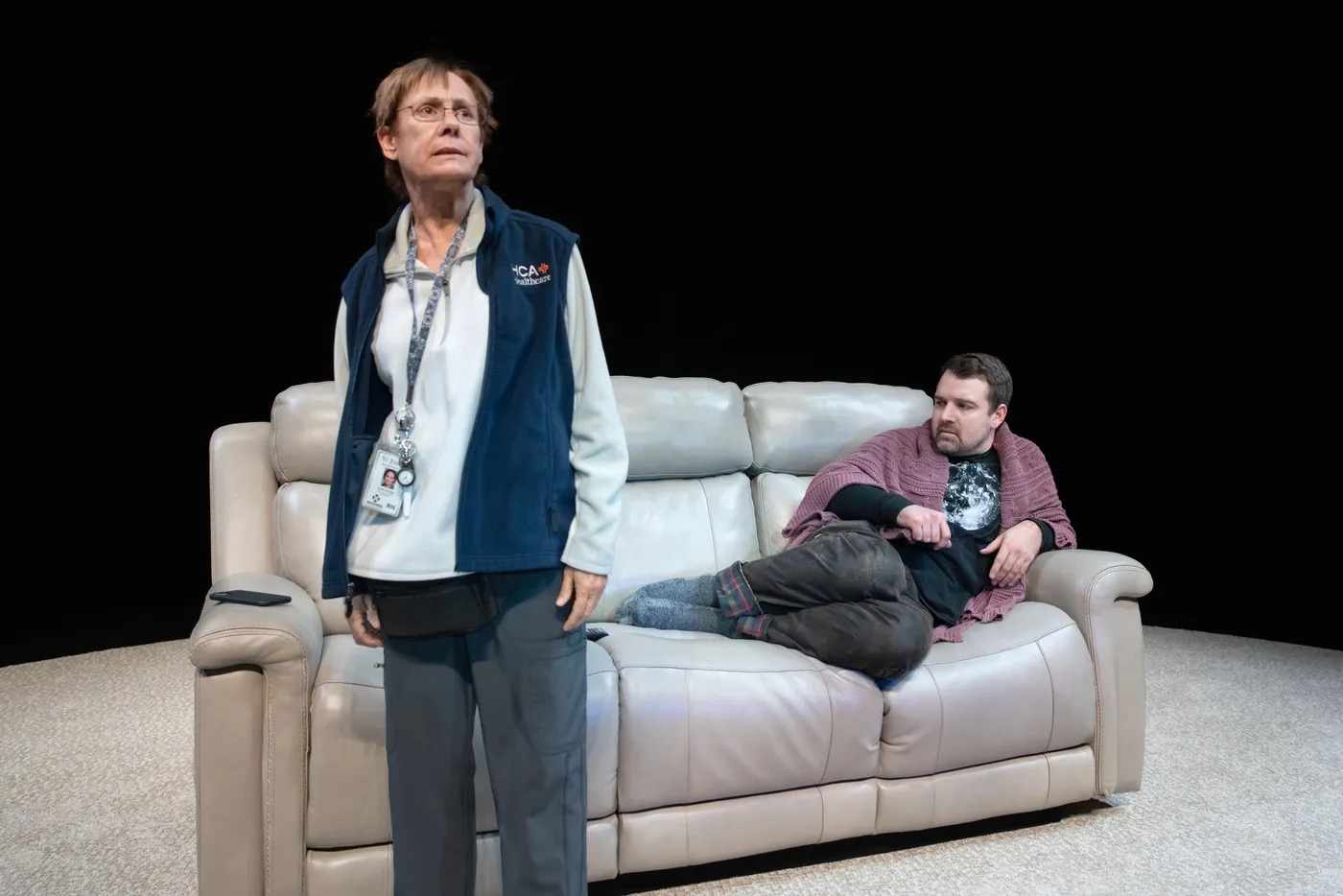


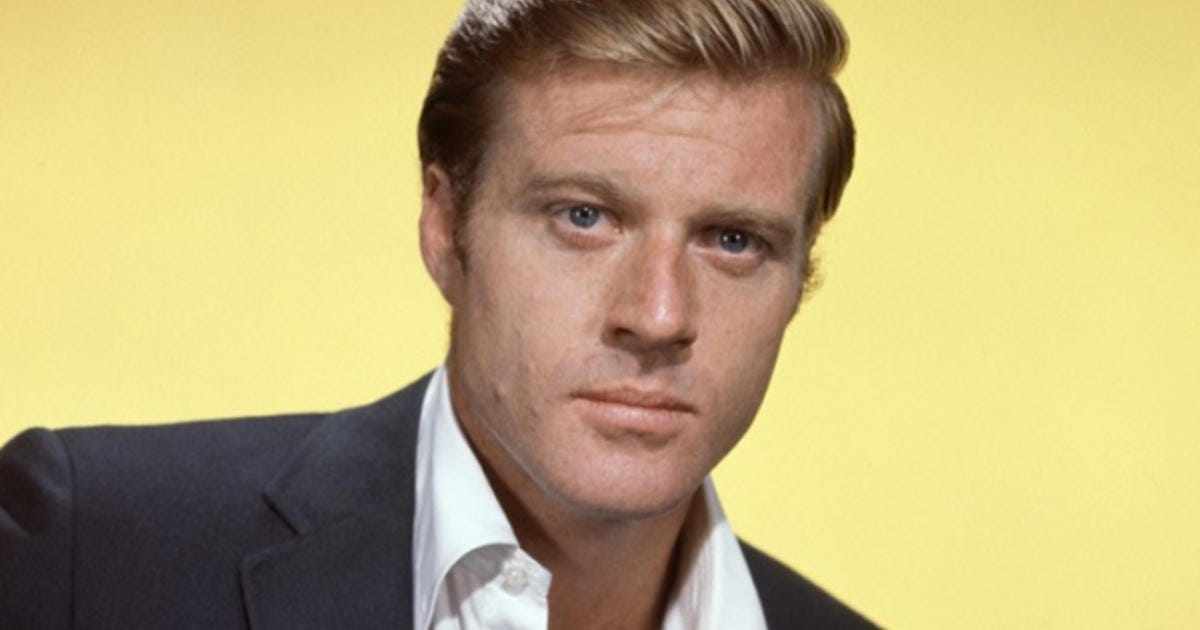
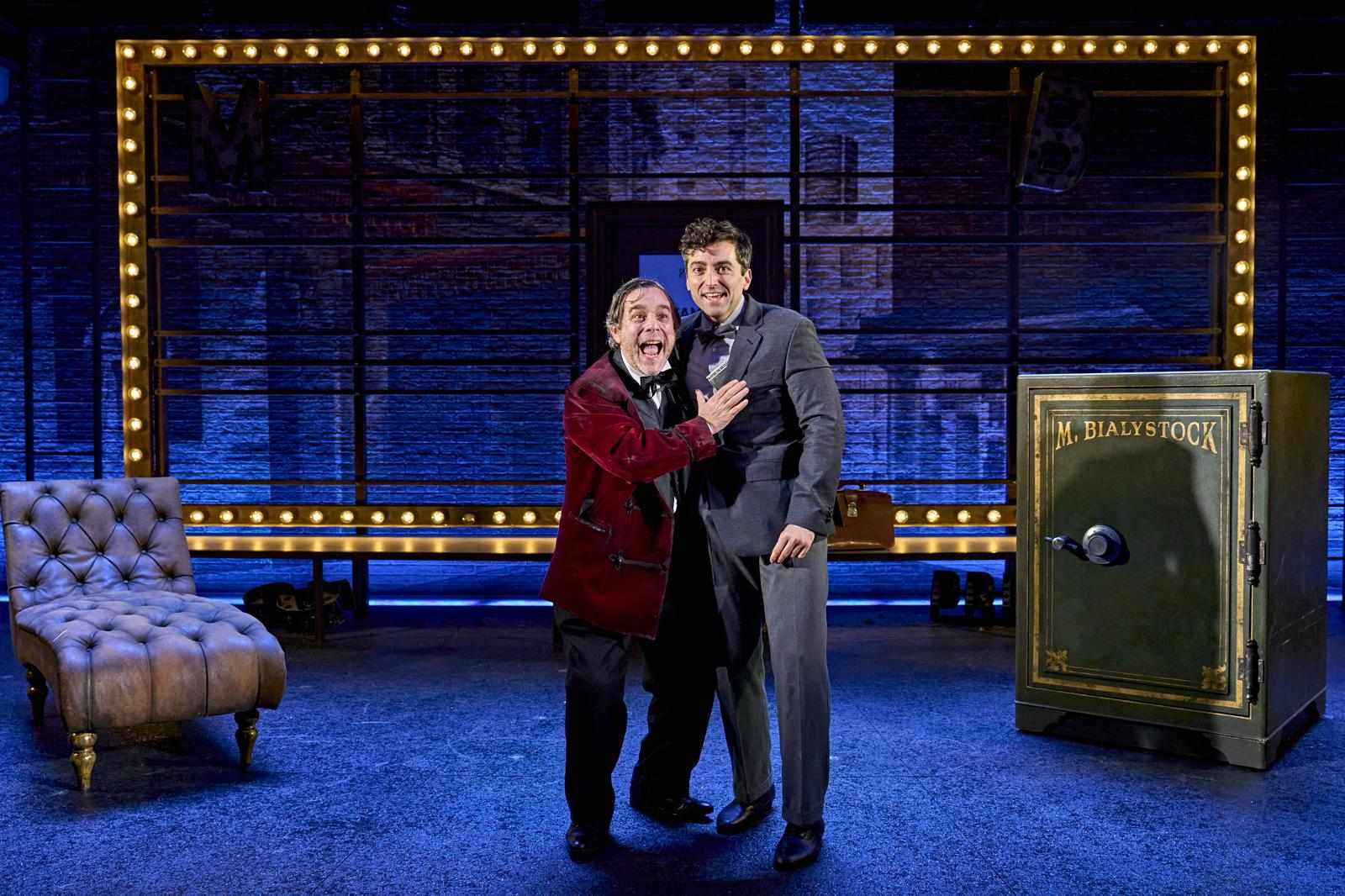
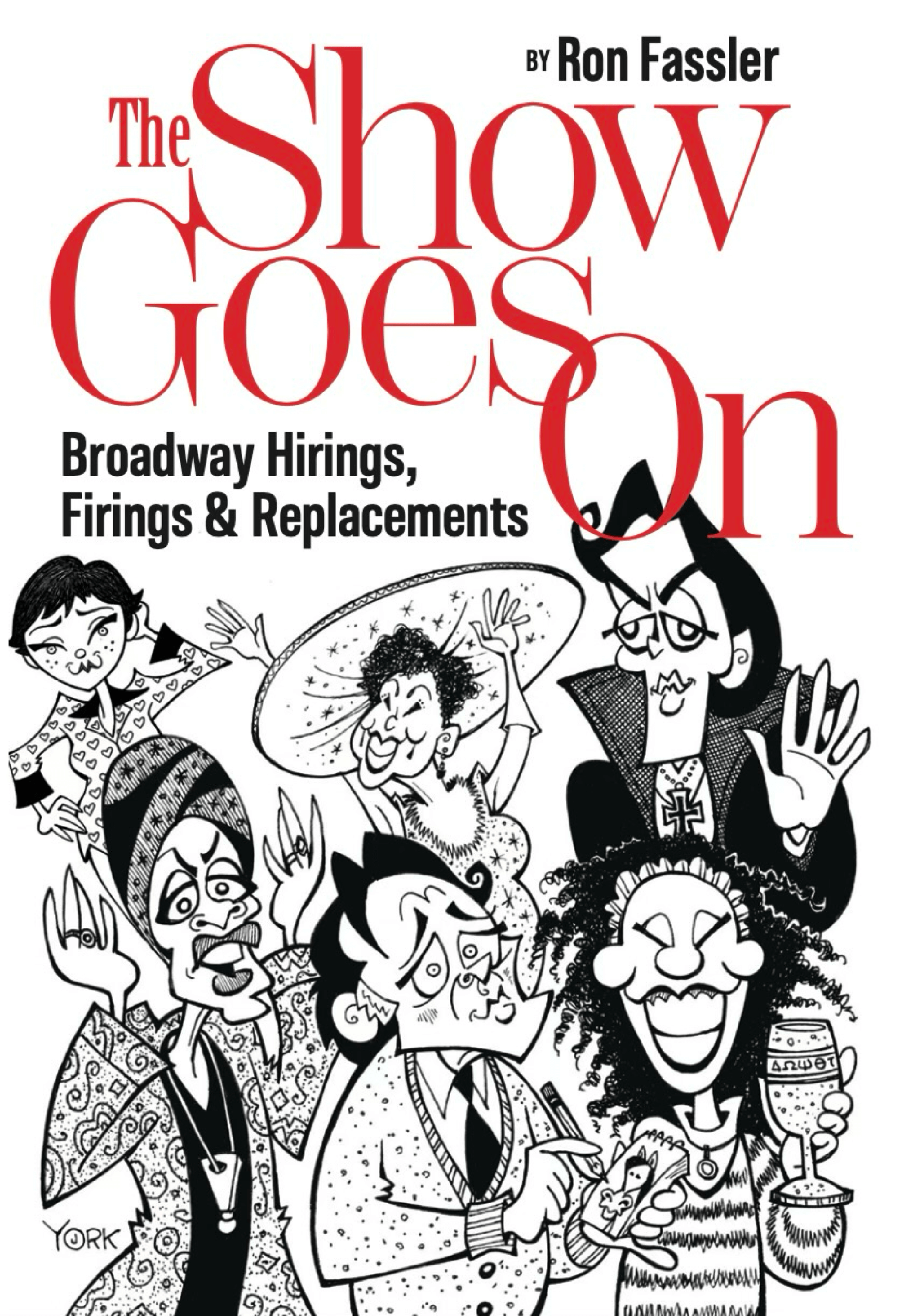

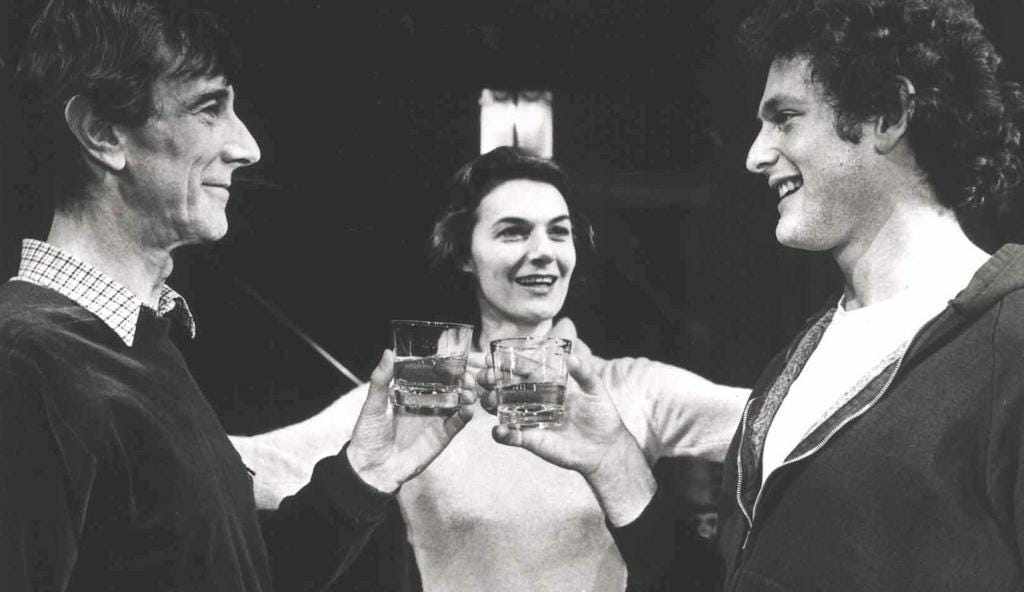





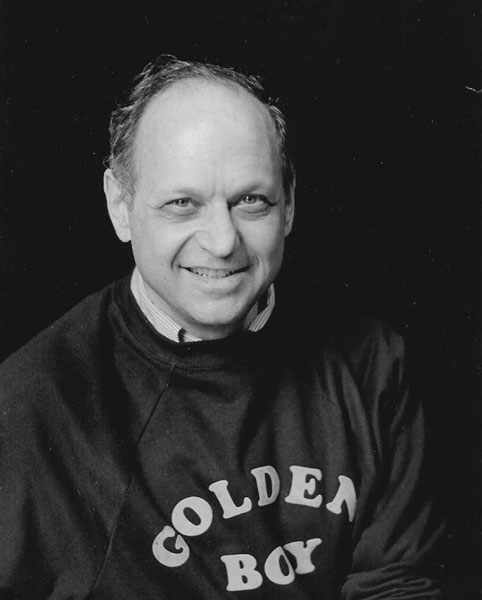
Write a comment ...